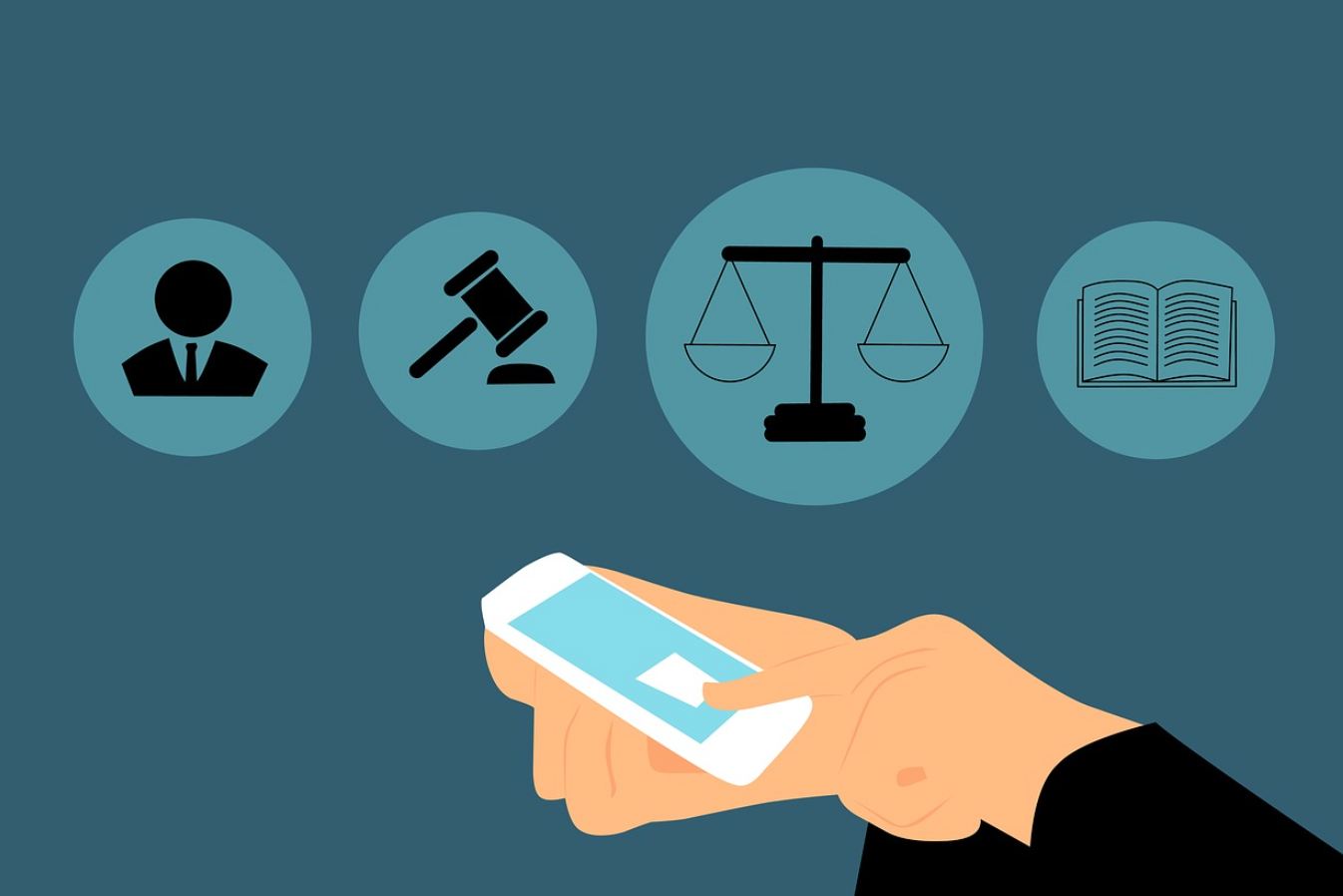Law firms cannot be idle and ignore technology; they must find ways to use tech that matters and be aware of tech that could be relevant.
Businesses need to continually adapt and evolve to stay relevant – those operating in the legal sector are no exception. It can be a painful lesson to learn. For example, courts, firms, and practitioners that “missed the boat” on recent innovations found themselves needing to jump through hoops to keep up with the shifts caused by the pandemic. Lawyers had to ensure secure data connections were made between their office and home devices, as well as update systems and install new programs to maintain operations. Courts faced a similar dilemma as they moved (and continue to move) processes to effectively work remotely. E-filing and juror selection by video became the norm and firms that hadn’t yet explored those innovations had to grapple with change — fast.
Most legal professionals are now highly aware of the perils of video conferencing unprepared and the downsides of relying too heavily on in-person networking for new business. The pandemic made sure of that. As the market shifts to realign with new consumer expectations that prioritize convenience and immediacy, law firms may want to find ways to incorporate tech now – before it becomes a necessity.
Despite some of the early advantages seen from recent legal technology adoption, most law firms prefer to tread cautiously. The key, then, is finding simple ways to keep up with trends and use technology, without creating unnecessary dependencies or unforeseen issues. Three best practices for law firms wanting to strategically incorporate tech trends into their practices include verifying compliance, augmenting processes and filling gaps, and outsourcing processes to legal vendors.
Verifying Data Security and Compliance
When looking into new technology, systems, or processes, firms should partner with their general counsel and IT teams to ensure any new applications are compliant and secure. The digital age opens the door for information, and as a result, data is frighteningly easy to access. People are increasingly aware of the dangers of digital records and governments have taken action. Data security laws apply to any of the people who use a firm’s services wherever they use those services, including the website.
Any business operating with an online presence needs to look to major governing bodies and see what regulations are in place regarding data security and consumer information. Rules can come from international bodies, such as the GDPR for the EU, national regulators, or more locally. California, for example, through the California Privacy Rights Act, enacted stricter laws around privacy disclosures that most companies operating in the U.S. need to be aware of. For more information about data security, Clio offers a comprehensive list of best practices for legal firms in 2021 that’s worth reviewing.
Augmenting Processes New Technology
One way to be strategic with new technology implementations is to find ways to incorporate new tools into an existing process, augmenting what can be done instead of recreating the entire process. This approach sounds easy enough but requires an explorative mindset and an eye for detail. Legal professionals can evaluate processes within their system and look for places where technology could take over. For example, a somewhat mundane task of sending a recurring email update to a team or client could be automatically generated and scheduled for distribution, rather than relying on a person to manually draft the message and click send each time. Data connections between systems remove the need for a person to perform repetitive data entries, which saves time and resources to dedicate toward client-related tasks.

To illustrate this more thoroughly in a unique, legal setting, take the ABC Legal Services Mobile App as an example. ABC Legal developed this app as a tool to allow process servers to receive and send information in real-time in the field. Process servers, when acting as an unbiased third party in the delivery of legal documents, are required to validate that papers have been served to the right party at a certain location. Prior to an application that provided real-time connection and confirmation, this validation of service was difficult to achieve — it was a gap that needed to be filled.
To reinforce the ability of the process server to provide validation, the app makes use of the internal GPS tracking capabilities in mobile devices. Servers also use their device to take pictures of the delivery location and record information about what was seen and done in the field. It’s innovative, improves the validity of data for a legal process, and makes use of technology that was in the market already. The combination of creative problem-solving with an understanding of a firm’s processes, legal requirements, and current tech on the rise made a more exact and efficient procedure for service of process a reality.
Outsourcing to Vendors
The third way to incorporate tech trends intelligently is by selectively outsourcing. The focus of a law firm is providing timely support and services to a client. Other companies have the ability to specialize and experiment without involving a large number of a law firm’s internal resources. Legal service providers specialize in a targeted portion of legal processes, so they can help other legal professions provide services to their clients without dedicating an entire team and firm resources to the area. As specialists, legal technology vendors are actively looking for ways to improve day-to-day operations and refine procedures that can improve speed and accuracy for legal professionals. Firms can lean on legal vendors who are already experimenting and using tech.
For example, e-filing through a vendor is a way to get faster connections to court filing systems without weighing down internal teams. To better interface with certain court filing systems, technologically proficient e-filing service providers establish API connections to directly link data from internal databases to the filing system at select courts. This integration allows law firms to submit and return a high volume of filings with a great deal of accuracy — as fast as the court will allow. Legal firms that file with proficient e-filing providers don’t need to invest time in learning how to connect to a court system or deal with other portal hassles related to e-filing. This allows legal professionals to test the waters and see the efficacy of tech in action – all while getting their cases moved forward faster.
By selectively outsourcing, a legal firm can gain ground and use new technologies without spending valuable time on testing and implementation. The firm gains the benefits of the tech at a low cost and is exposed to how another business handles digital transactions today. Online portals, customer logins, and security protocols in-use by the vendors can be experienced by the practitioners in a law firm. Most legal vendors are happy to talk about their latest and greatest features – which translates into learning opportunities about how technology or technologically enhanced processes are improving legal operations.
Law firms cannot be idle and ignore technology; they must find ways to use tech that matters and be aware of tech that could be relevant. These strategies, when combined with general knowledge of and adherence to current digital security and privacy laws temper the risks of adoption while allowing law firms to keep an eye on trends. They’re ways to improve and innovate without being overwhelmed by everything in the market. Ultimately, keeping a finger on the pulse of tech and turning to specialty vendors for guidance on tech integrations can help law firms strategically innovate to improve processes and overcome unexpected obstacles.


Join the conversation!